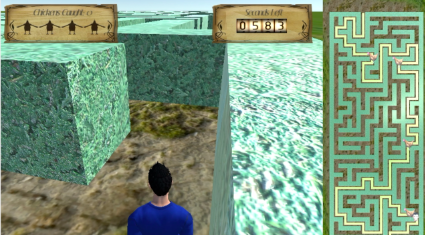As I said in the previous post, problems with teaching pre-teens math at home can be broadly broken down into two parts, getting your child to DO math and getting your child to LEARN math. Today, we’re going to look at the second part.
Let’s talk about word problems. Personally, these are my favorite kind of problems because these are the kind that occur in life. No one comes to your house, shouts at you, “Quick! What’s 12 x 8?” and runs out again.
A lot of people hate word problems for one of two reasons:
- They find word problems hard, because you can’t just memorize the answer.
- They don’t see the point. You don’t have to search hard on the Internet to find word problem parodies like:
Q: If a train is going 30 miles an hour in one direction, the wind is blowing at 50 knots per minute and the engineer weighs 7 stone, how long is it before they reach the gazebo where he left his kazoo?
A: 211 parsnips
Let’s return to our child from the last post who keeps getting up from her math homework. Let’s sit down with her and ask the question,
“At this rate, it will take you three hours and 40 minutes to finish those math problems. Do you know how I figured this out?”
Do NOT ask, “Do you want me to show you?” if your intention is to show your child regardless of what he or she says.
If she says,”Yes, I do.” Let her show you how she solved it and be suitably impressed.
If not, continue on:
The main thing about any kind of word problem is to break it into steps.
With this one, I first figured out
- how many problems you had left, then
- how many minutes it took you per problem, then,
- I multiplied the minutes per problem by how many problems you had left.
- Finally, I divided that by the number of minutes in an hour.
Use Guided Practice.
I’m a firm believer in guided practice and it is in all of our games.
Some more than others. Fish Lake, Forgotten Trail and the Aztech Games all have more because this deal with slightly more complex math, while Spirit Lake and Making Camp are about learning to multiply and divide. On the other hand, the Making Camp series has some really good videos on problem solving strategies, things like “Write down the numbers and what they represent” or “Throw out what you don’t need” and “Make it an easier problem”
It’s always best to start with the easiest part:
How many problems do you have total ? 24
How many did you do? 2
How many are left? 22
Circle that number, it’s essential (you can also throw in a definition of essential here to expand your child’s vocabulary).
You started on your math at 3:30 and now it’s 3:50. How long is that? 20 minutes.
So, it took you 20 minutes to do two math problems. How many minutes is that per problem? 10 minutes. Circle that, too.
Now, to find out how many total minutes are left, what could you do? Multiply the number of minutes per problem by the number of problems.
So, how many minutes is that? 220
Okay, how many minutes in an hour? 60. Of course. How much is 220 divided by 60? Well, 3 x 60 = 180, so that’s 3 hours. 220 – 180 = 40, so it’s 3 hours and 40 minutes.
At the end, you should want to point out to your pre-teen the number of steps he or she just solved. Your child may argue that is a lot of steps and it would be hard to do without your prompting. This is the point where you explain that is why he/ she has to do all of these problems, to get to where it is easy to do without your help.
Struggling to teach your pre-teens math? Tomorrow at 6 pm Pacific Time, 8 pm Central I’ll be live streaming “Pre-teen math without tears, yours or theirs” for the Homeschool special education group.

